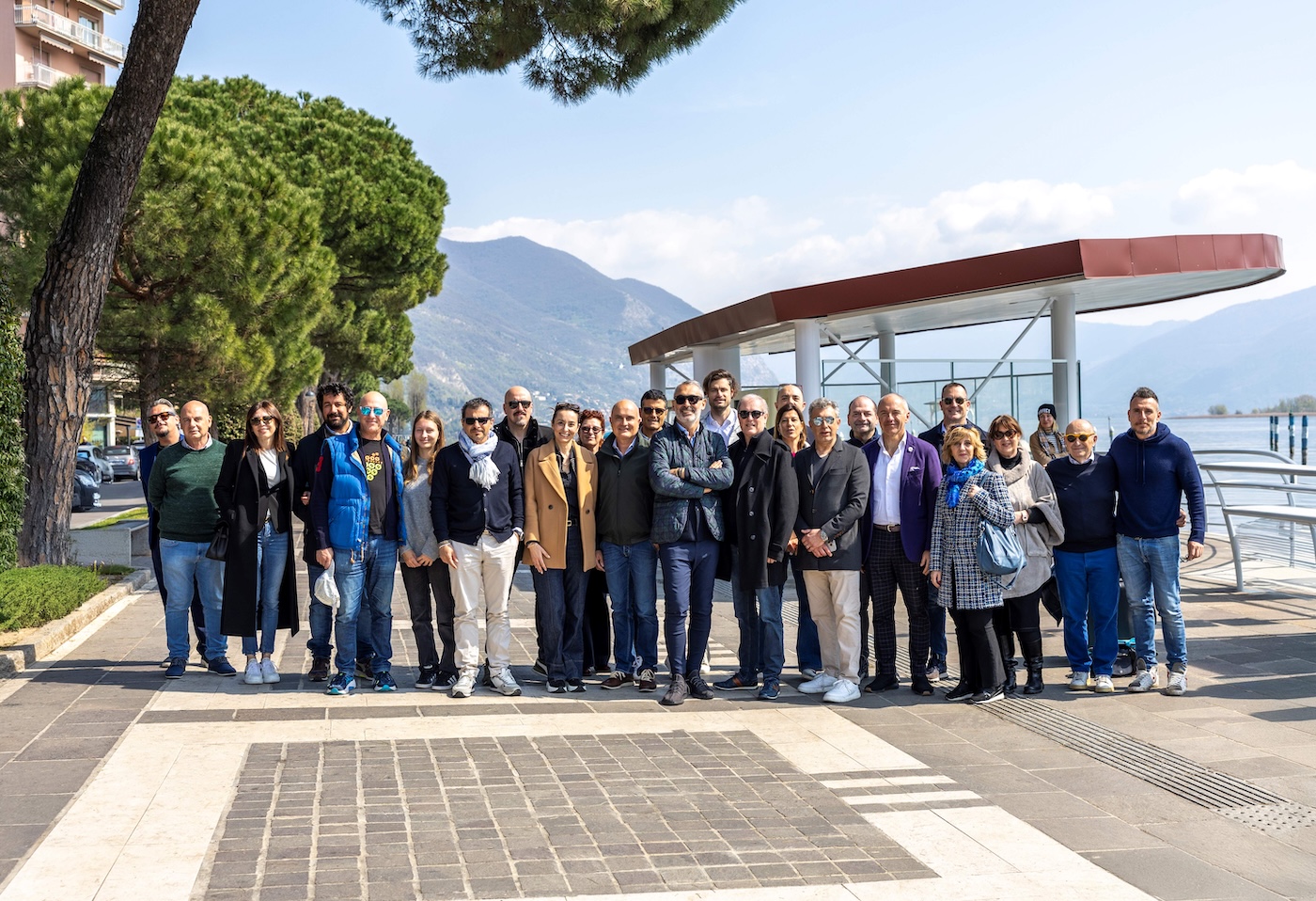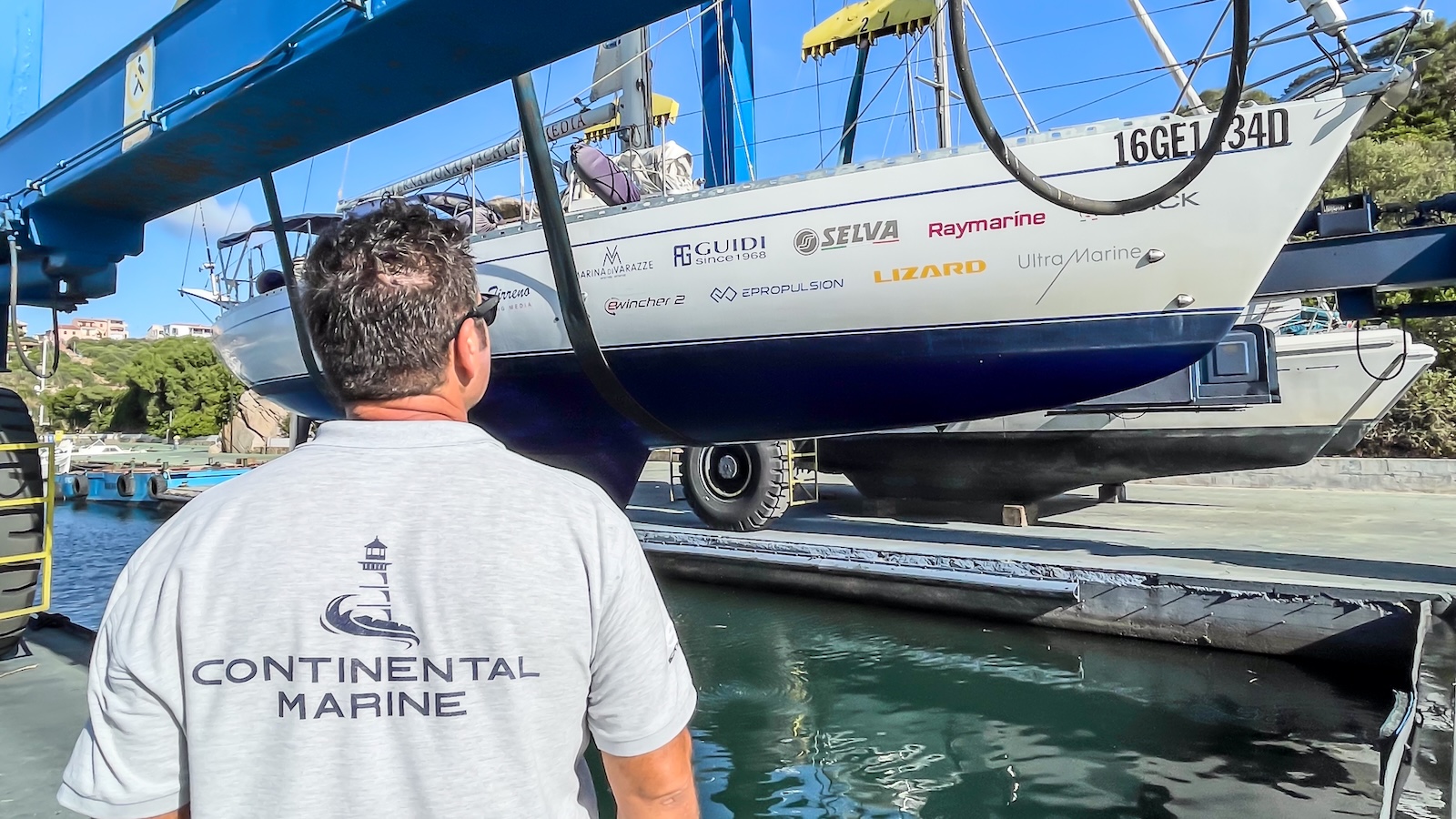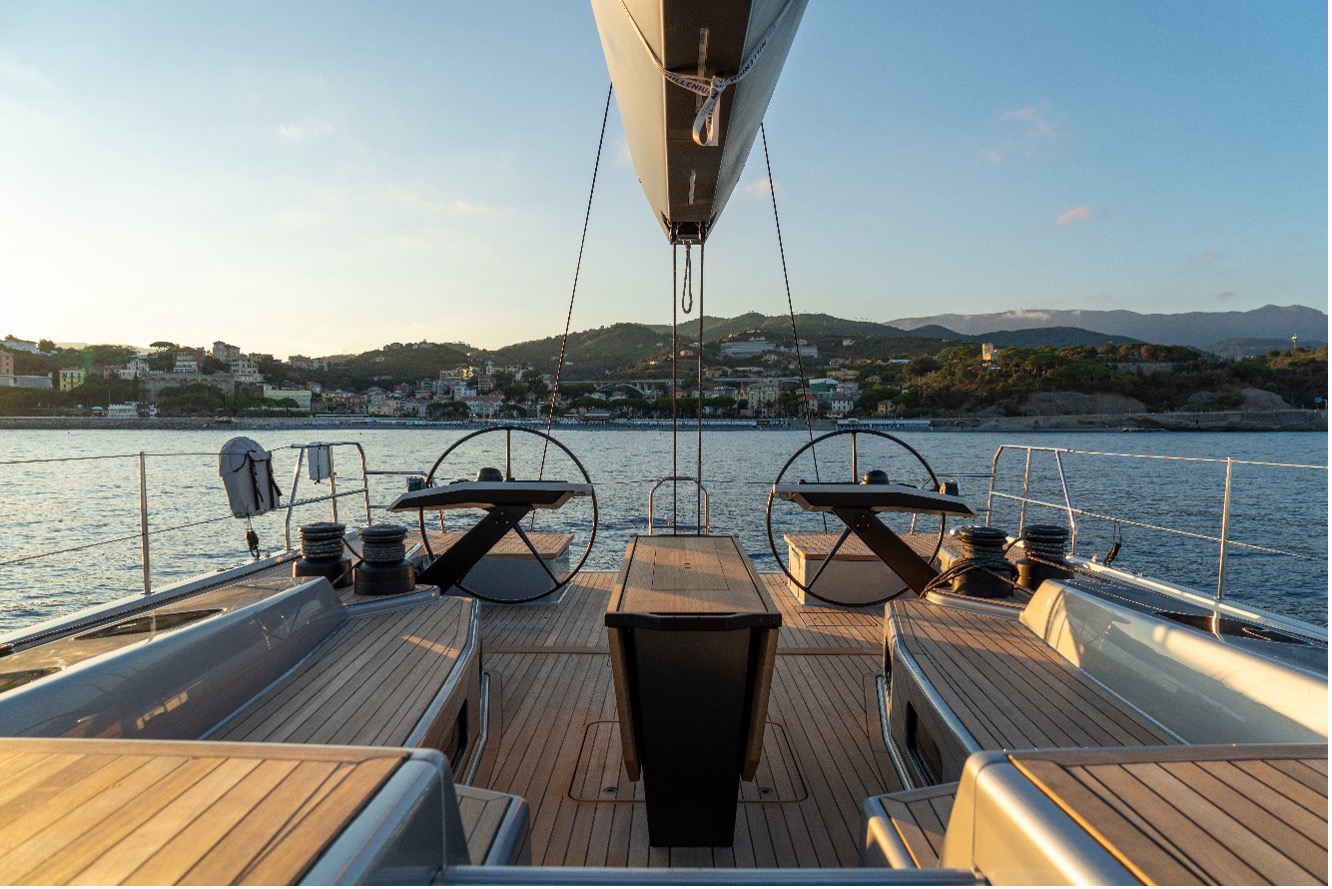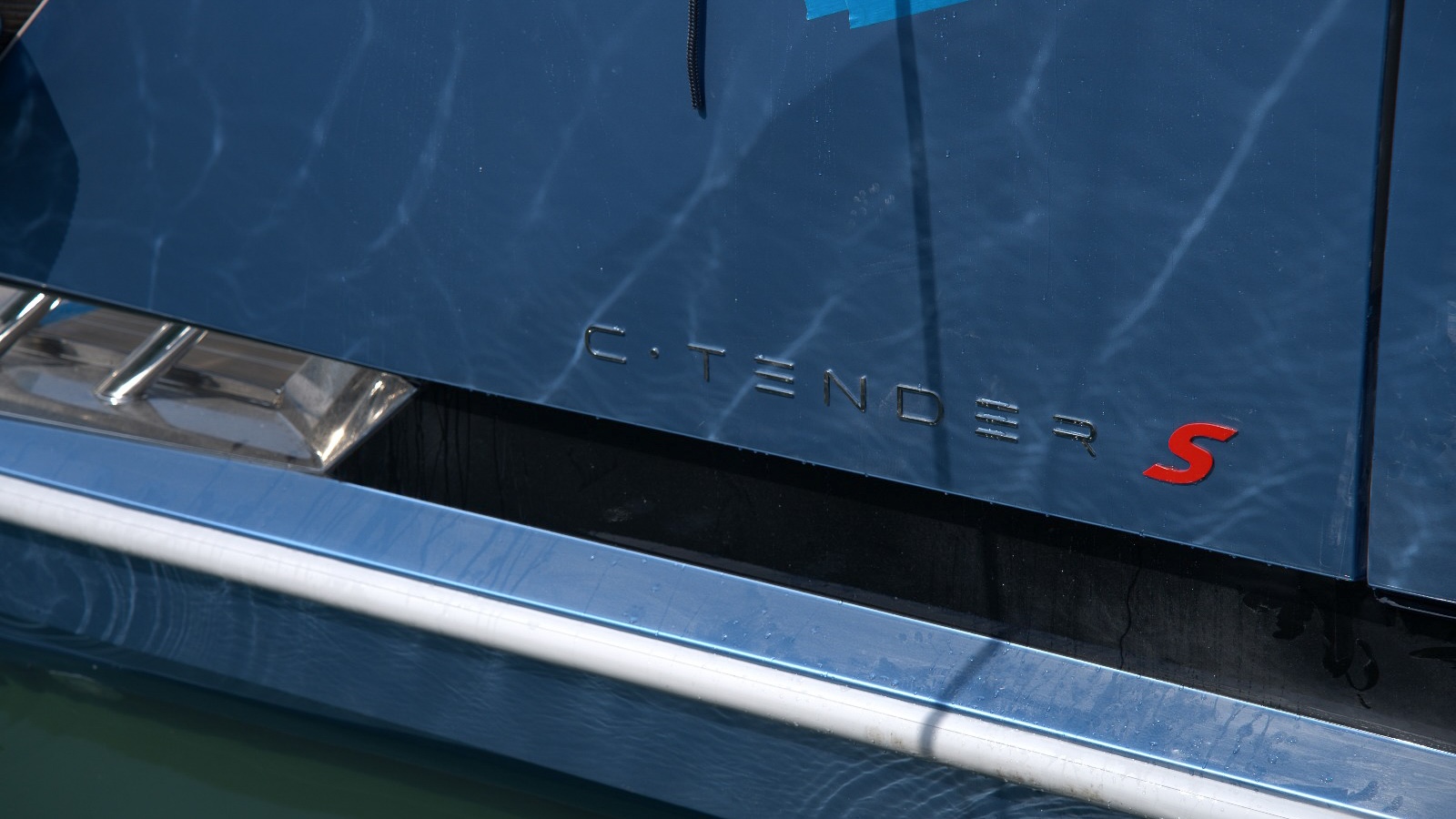Ewincher is an advanced and smart electric winch handle that we have tested in the past years with full satisfaction. Today, we’re testing the new version, improved and upgraded, during our “1,000-mile cruise in the Tyrrhenian Sea” that is touching the most beautiful islands of the Tyrrhenian Sea, from Tuscany to Sicily, from Sardinia to Corsica. The new Ewincher 2 is even more performing and faster than its predecessor.
Ewincher 2 on test

We install the 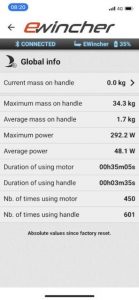
We set sail from Varazze and head for La Spezia, the first stop of our cruise, and we immediately mount the Ewincher 2 electric handle on the winch. The handle is fitted with the same type of attachment as the traditional handles, and is released by pressing a lever at its base.
The wind is just a few knots, we sail close-hauled and immediately test the handle on the genoa; we discover that the same lever also activates the electric system, a green light comes on and warns us that we are in “low speed” mode. Low speed is suitable for the fine trim of the sails, so it is suitable for current sailing but, if we need more speed, to switch to maximum rotation we simply press the small button on the handle. In that case, the LED turns blue (you can reverse the default speed from the app) and the genoa will cock in an instant. In any case, the power button is a progressive type, so we can modulate the speed precisely according to need and effort.
More power available
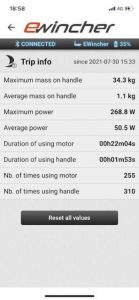
The handle offers three modes of use: electric, manual and combined. Electric operation is as described above. Manual operation, instead, is activated simply by holding down the speed change button and turning like a manula handle. Combined operation, on the other hand, exploits the speed of the electric motor combined with that of the manual rotation: to be used when you need to retrieve long lines quickly, if they do not have too much tension. When the tension increases and the clutch starts to slip, you can switch to electric mode only or to manual mode as seen above.
There are many uses we are covering on our cruise with the Ewincher 2, such as effortlessly rolling sails or hoisting a man over the masthead. The light bulb for the anchor light at the masthead no longer lights up: what better occasion to test the Ewincher 2 to get on? I put on my harness, we use one halyard as the main and one as a safety halyard, handle on the winch and off we go. The Ewincher 2 is set at 23 kg, let’s try to see if it can do it, I weigh 73 kilograms… it pulls me up with ease, on high speed it has no hesitation and apparently works effortlessly, no fatigue for Luca who used the handle. The speed of the ascent and the modularity of the power provided by the progressive button are perfect for climbing in safety.
I access the App to check the status of the battery, and it turns out that only 10& has been consumed. Ewincher 2 is proving to be a good ally on board, frugal in its consumption, and an extremely valid and economical alternative to replacing manual winches with electric ones.
The only effort required, therefore, is that of counteracting the rotation due to the action/reaction: a much more limited effort because it is static compared to the rotational movement required to operate the winch. During our cruise, we use the Ewincher 2 electric winch handle mainly to open and close the mainsail, which is the operation that requires the most effort.
But it is during the three 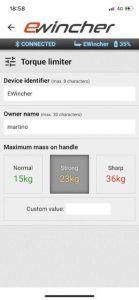
We try to set the maximum force to 15 kg: the handle simply stops when the force required reaches this value, then it is sufficient to select the next value, 23 or 35 kg, to increase the power. At the end of the three transfers, we check the charge status: 35% of the battery still remains, the maximum force delivered was 34.3 kilograms, almost the maximum of the 35 setting, and the power reached 292.2 W.
How the Ewincher 2 is made
Construction is rigid plastic, technically fibreglass reinforced with Polyamide 12, which is stronger than aluminium, with soft rubber protections for the keys: the handle is not buoyant but is IPX6 certified water proof. Weighing only 2.2 kg, it is also quite compact; it has a length of 250 mm, identical to that of the manual handles.
The 450 W electric motor transmits 230W of mechanical energy to the rotor: the company’s calculations show that a well-trained man can supply 200 W of mechanical force for just 30 seconds, and then the power decreases with fatigue. The torsion force provided by the handle is up to 90 Nm, which corresponds to 36 kg in the hands of the operator who, for proper use, will have to assume an appropriate position to counteract the pull.
The rotation speed can vary from 0 to 100 rpm, adjustable with the progressive pressure of the button. The battery is the second most important element after the brushless motor: it is a lithium ion battery of 3,000 mAh, 75.6 Wh and ensures a full day’s use. It can be recharged very quickly using the dedicated 220V charger, with a full charge taking only an hour and a half. The special construction technology of these batteries ensures at least 4 years of use.
Previously published articles
April 2021: EWINCHER 2: THE NEW MORE POWERFUL ELECTRIC WINCH HANDLE
June 2018: ON TEST. EQINCHER: THE STATE-OF-THE-ART ELECTRIC WINCH HANDLE
May 2018: EWINCHER: THE ELECTRIC WINCH HANDLE




















